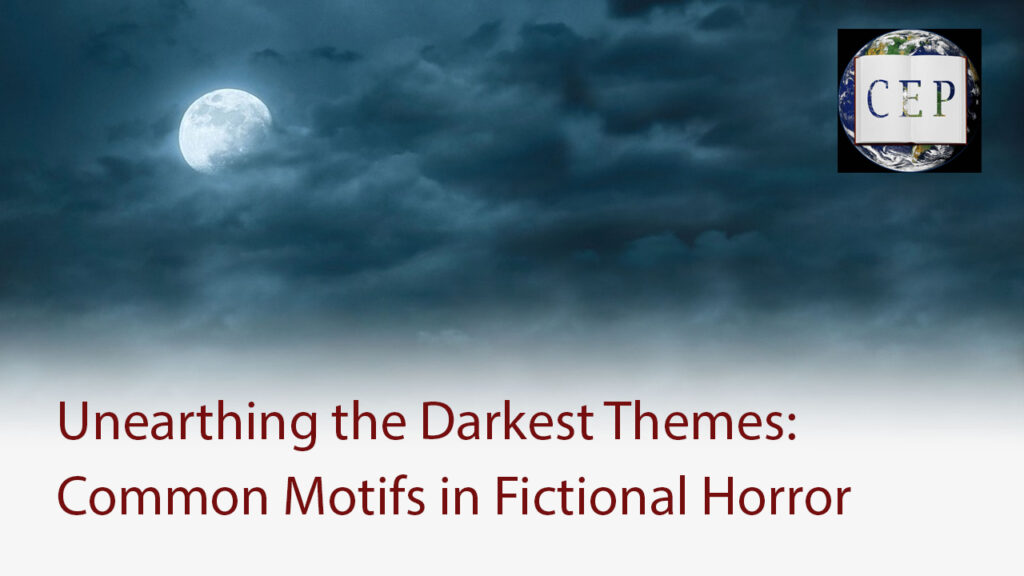
In the realm of literature, few genres possess the power to evoke a visceral response quite like fictional horror. It is a genre that beckons readers to explore the furthest reaches of their imagination, to confront their deepest fears, and to question the boundaries of reality. Within the pages of horror fiction, a tapestry of themes unfolds, each thread interwoven with the essence of our collective dread and fascination with the unknown.
From the eerie whispers that echo through haunted corridors to the bone-chilling moments that send shivers down our spines, fictional horror captivates us with its ability to delve into the darker corners of our psyche. This exploration is not only a quest for thrills but a journey that unearths the most profound and timeless themes that have shaped human storytelling since time immemorial.

In this article, we will venture into the depths of the genre, casting light on the common motifs that thread their way through the fabric of fictional horror. These themes serve as the beating heart of tales that linger long after the final page is turned, leaving us haunted by their resonance and power. So, join us as we peel back the layers of darkness, exposing the themes that have come to define fictional horror and continue to draw readers into a world of both terror and fascination.
As we explore the common threads that bind these narratives of fear and curiosity, remember that within the realms of horror fiction, we find a reflection of our most primal emotions, and an opportunity to confront the shadows that lurk within us all. The journey has just begun, and the themes we uncover will lead us further into the heart of the unknown.
Stay with us as we navigate the labyrinth of fictional horror, shedding light on the themes that both repel and allure, terrify and enchant. Prepare to be captivated by the unearthing of the darkest themes in fictional horror as we unravel the tapestry and reveal the essence that makes this genre so irresistibly spine-chilling and enthralling.
Before we plunge deeper into the abyss of horror’s most intricate themes, it’s essential to establish a clear understanding of what we mean by fictional horror. This term encapsulates a diverse array of narratives that converge under the banner of fear and the macabre. Within the realm of horror fiction, writers wield words like daggers, crafting stories that not only chill the bones but also speak to the essence of our primal emotions.
Fictional horror extends beyond the boundaries of reality, allowing authors to mould and shape the very nature of fear itself. Through intricate storytelling and imaginative world-building, the genre provides a canvas on which writers can paint scenes that tap into the depths of our darkest apprehensions. From the unearthly whispers in the night to the malevolent shadows that creep across moonlit landscapes, fictional horror dances on the edge of reality, beckoning us to peer into the void.

Moreover, the significance of fictional horror within the broader horror genre cannot be overstated. While horror, as a whole, encompasses various forms, including film, television, and art, it is in the written word that the genre finds its roots. The pages of horror fiction serve as a sanctuary for readers seeking an immersive experience, a place where they can surrender to their most visceral fears without the safety of a screen or the distance of a frame.
Fictional horror is a gateway to the unknown, where authors wield the power to explore themes that span the spectrum of human experience. It’s here that the genre achieves its full potential, morphing into a reflection of our most profound terrors and illuminating the shadows that dwell within the human soul.
So, as we venture further into the exploration of common motifs in fictional horror, remember that this is not merely a genre—it’s a dimension where fear and imagination coalesce, where writers are granted the privilege of confronting the deepest fears that both captivate and terrify us.
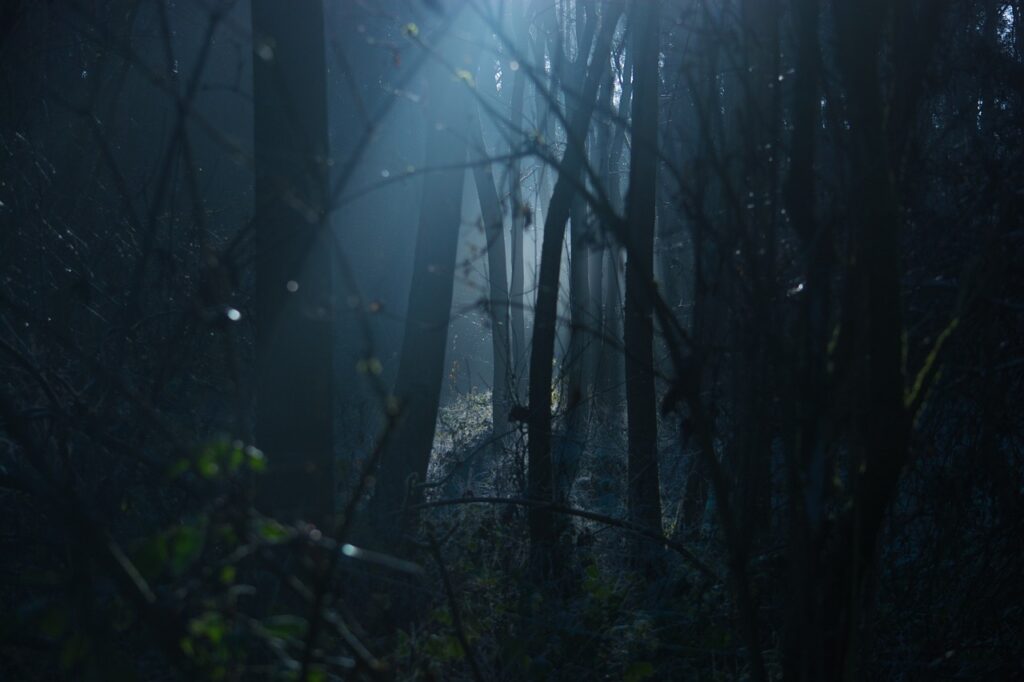
The Siren Call of Shadows: Unveiling the Allure of Dark Themes in Fictional Horror
What draws us inexorably into the depths of the unknown, urging us to venture into the heart of darkness that fictional horror offers? The answer lies in the captivating allure of dark themes—a fascination as old as storytelling itself. It’s within these realms of fictional horror that our most primal instincts converge with our desire to confront the abyss, to peer into the void that mirrors our deepest fears and anxieties.
Readers are irresistibly drawn to the darker side of literature, much like moths to a flickering flame. The very act of engaging with the ominous and unsettling ignites a complex interplay of emotions. It’s a mixture of fear and excitement, of the thrill that comes from facing the uncanny and the extraordinary. We revel in the adrenaline rush that courses through our veins as we turn each page, seeking not just catharsis but a confrontation with the darkest facets of human existence.
Fictional horror, with its exploration of nightmarish scenarios and unsettling truths, taps into a human fascination that dates back to our ancient myths and legends. It serves as a mirror that reflects our innate need to explore the boundaries of our understanding, to challenge the status quo, and to grapple with the things that defy explanation. Through these tales, we find a way to dissect our fears in a controlled environment, testing the limits of our emotions and our capacity to endure the unknown.
Intriguingly, it’s often the very things we dread in reality that we’re compelled to explore in the safety of fiction. The supernatural, the monstrous, the unnatural—these elements embody our collective anxieties, and in confronting them through the lens of fictional horror, we gain a sense of agency over the things that haunt our waking thoughts.
As we journey further into the labyrinth of dark themes in fictional horror, remember that our fascination with fear and the unknown is a testament to our complexity as human beings. It’s a reminder that our exploration of these themes is not mere escapism, but a deliberate choice to confront the aspects of life that both repel and captivate us.
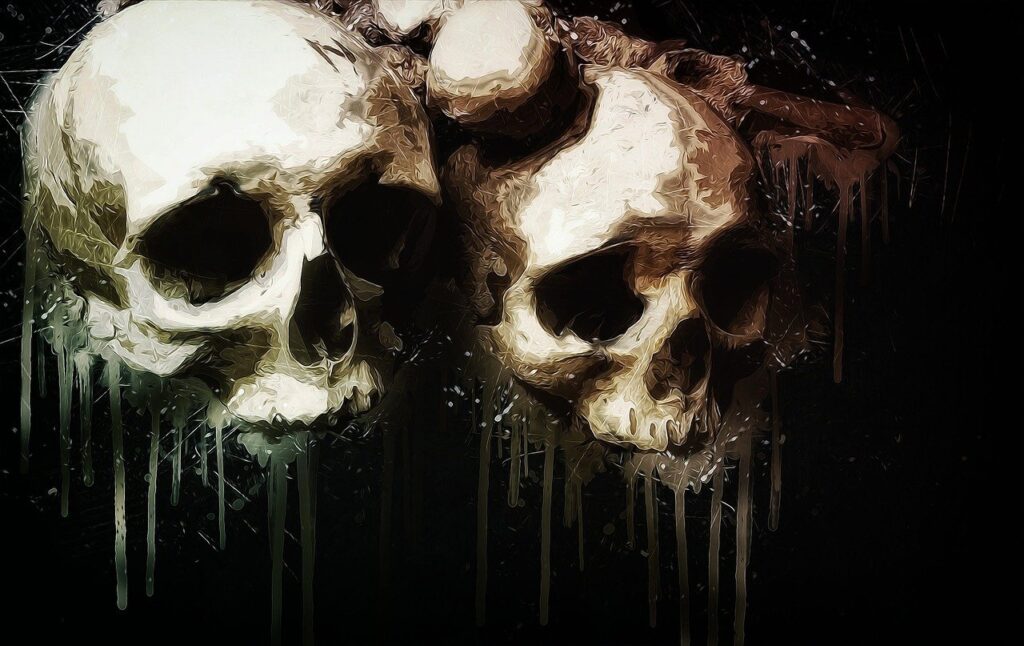
Unveiling the Darkness: Themes That Evoke Fear in Fictional Horror
Within the labyrinth of fictional horror, a tapestry of themes emerges, each one a mirror reflecting the depths of our most primal fears and desires. As we delve into the heart of darkness, we encounter key motifs that have become synonymous with the genre, entwining the narrative with an aura of unease and suspense. Let’s illuminate these haunting themes that lie at the core of horror fiction, inviting readers to explore the uncharted terrain of the human psyche.
The Supernatural Unleashed: Tapping into the Unknown
At the crossroads of the mundane and the mysterious lies the allure of the supernatural. In the realm of fictional horror, the supernatural serves as a conduit to the enigmatic and the unexplainable. Ghostly apparitions, vengeful spirits, and otherworldly forces challenge the very fabric of reality, beckoning characters and readers alike to question the boundaries of existence.
The Monstrous Within: Exploring Human Nature
Beneath the veneer of civility lurks the potential for darkness that resides within us all. Horror fiction often delves into the shadows of human nature, unveiling the monsters that can emerge when morality is eroded. These stories reflect our innate fear of losing control, of succumbing to our most primal and unsettling instincts.
Fate and Fatalism: The Inescapable Dread
The inexorable pull of fate, the sense of impending doom—these are themes that cast a haunting shadow across fictional horror narratives. Characters are often caught in the grip of forces beyond their control, and readers are compelled to witness their struggle against the currents of destiny.
Life and Death: The Boundaries Crossed
Death is the great unknown, and in horror fiction, it becomes a conduit through which characters venture into the realm of the supernatural. Whether grappling with the undead or crossing over into the afterlife, the exploration of life and death blurs the lines between the tangible and the ethereal.
The Price of Knowledge: Unraveling Forbidden Truths
Curiosity may have killed the cat, but in fictional horror, it often leads to discoveries far more unsettling. The pursuit of forbidden knowledge, whether through arcane rituals or forbidden texts, serves as a cautionary tale that explores the consequences of seeking truths beyond human understanding.
Isolation and Claustrophobia: Trapped in Darkness
The sensation of being isolated, confined, and cut off from the world is a recurrent motif in horror fiction. Whether it’s the oppressive isolation of a remote location or the suffocating confines of the mind, this theme taps into the fear of being powerless and alone.
Revenge and Retribution: Echoes of the Past
The echoes of past transgressions often resurface in the world of fictional horror, manifesting as revenge-seeking spirits or malevolent entities. Themes of revenge and retribution serve as a reminder that actions have consequences, even in realms beyond the living.
Madness and Obsession: The Fraying Mind
The descent into madness and the grip of obsession are themes that permeate the psyche of horror fiction characters. As boundaries blur and reality fragments, these themes explore the fragility of the human mind and the terror of losing one’s grip on reality.
As we continue our journey into the heart of fictional horror, these themes will guide us through the twists and turns of the genre’s most captivating narratives. From the supernatural to the psychological, each theme invites readers to confront their deepest fears and navigate the labyrinth of darkness that defines horror fiction.
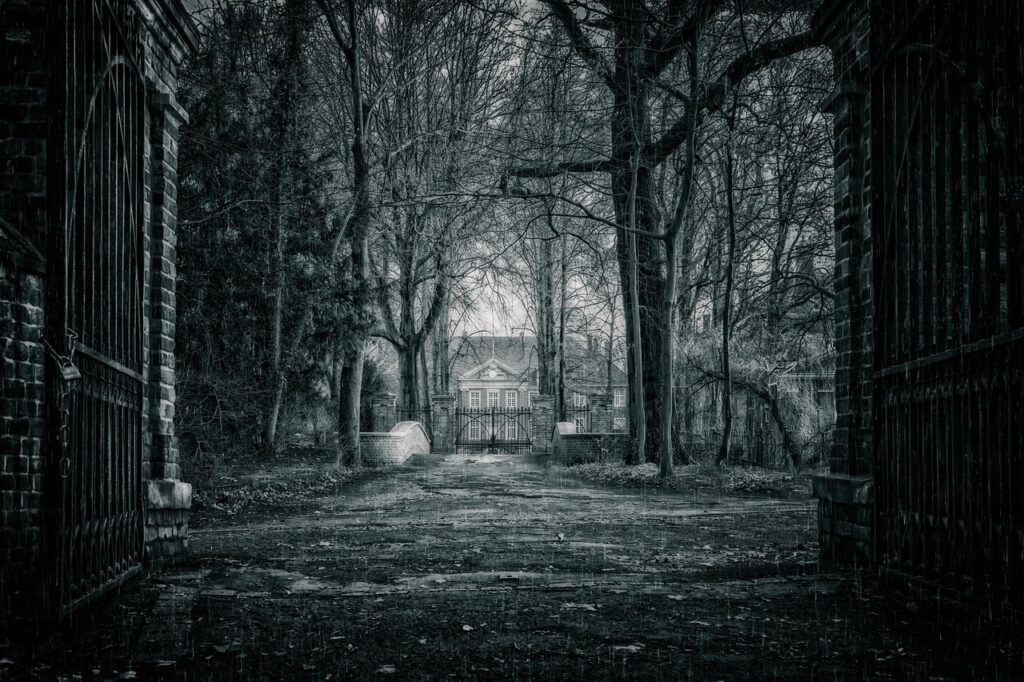
Within the vast tapestry of fictional horror, themes emerge as connective threads that weave together disparate tales of fear and fascination. As we explore the haunting motifs that define the genre, it becomes evident that these themes are not isolated, but rather, they serve as unifying elements that transcend individual narratives. The allure of horror fiction lies not only in the tales it tells but in the profound emotional resonance it evokes through these shared elements.
Fictional horror thrives on the interplay between these themes, using them as tools to manipulate emotions and immerse readers in a visceral experience. From the supernatural’s dance with the mundane to the boundaries that blur life and death, these elements intertwine to craft stories that resonate on a primal level.
Authors skilled in the art of horror fiction understand the power these themes hold. With meticulous craftsmanship, they manipulate these threads of terror to evoke a symphony of emotions within their readers. The eerie familiarity of confronting the monstrous within, the heart-pounding uncertainty of fate, and the relentless pursuit of forbidden truths—all these elements are meticulously orchestrated to create a tapestry of fear and fascination.
By utilising these shared themes, authors guide readers through a spectrum of emotions, from heart-pounding suspense to gut-wrenching terror. They beckon readers to explore the furthest reaches of their imagination and to grapple with the very essence of their existence. It’s a testament to the versatility of fictional horror that these themes can evoke an array of reactions, from spine-tingling unease to profound contemplation.
In the realm of fictional horror, these shared elements form a bridge that connects readers across cultures, time periods, and experiences. They remind us that, despite our differences, we share a common fear of the unknown and an insatiable curiosity to delve into the depths of the human psyche.
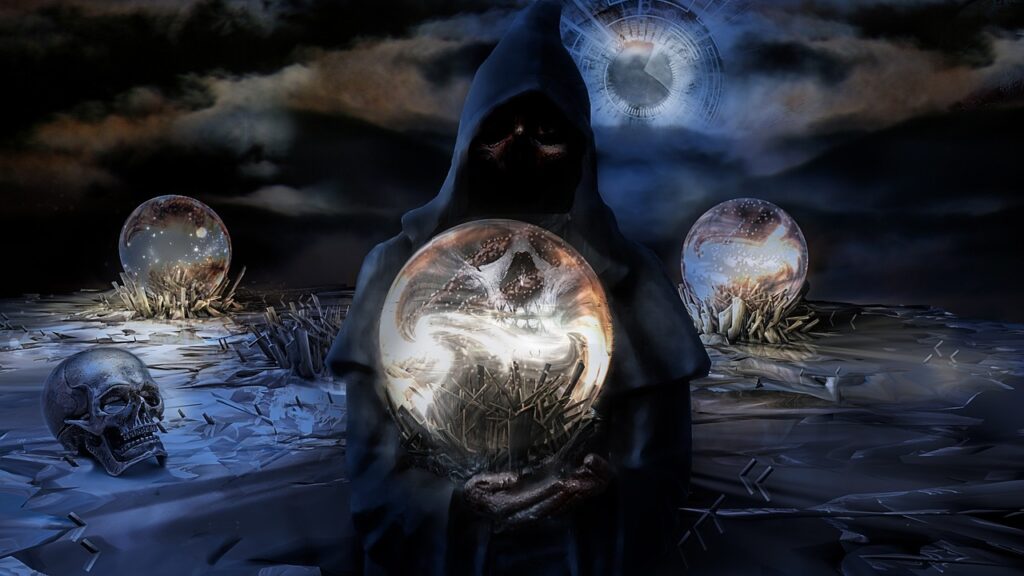
Breathing Life into Shadows: Crafting Compelling Horror Narratives
In the realm of fictional horror, where the boundaries of reality blur and the imagination takes flight, crafting a compelling narrative goes beyond the conventional. It requires the delicate art of infusing well-worn themes with a breath of originality and depth, transforming them into tales that grip the soul and refuse to let go. As we explore the shared elements that define the genre, let’s also uncover the key to breathing life into these themes and sculpting stories that resonate with readers long after the lights are out.
Fictional horror is a realm of endless possibilities, where authors are free to twist and manipulate established themes to create fresh and captivating narratives. The key lies in finding the balance between the familiar and the unexpected, between the comfort of recognition and the thrill of surprise. By approaching these themes with a unique perspective, writers can elevate their stories from mere frights to profound explorations of the human condition.
Originality in horror storytelling often emerges from the “what if” scenarios—those moments of daring imagination that challenge the status quo of a well-worn theme. What if the monstrous within isn’t a force of evil, but a manifestation of desperation? What if the supernatural is a conduit for redemption rather than damnation? By asking questions that defy the conventional, writers open doors to uncharted territories of fear and fascination.
Depth, on the other hand, arises from an exploration of the emotional landscapes these themes traverse. It’s in the nuanced portrayal of characters facing the unknown, grappling with their fears, and experiencing growth and transformation. Delve into the psychological underpinnings of their struggles, their motivations, and the moral dilemmas they encounter. Infuse your stories with an emotional resonance that mirrors the complexity of real-life experiences.
As writers, it’s essential to be unafraid of experimenting with tone, style, and narrative structure. The darkest corners of the human psyche are a breeding ground for creativity, offering fertile soil for exploring the shadowy dimensions of our existence. By embracing the unexpected, by steering away from clichés, and by imbuing your work with authenticity, you have the power to create tales that will linger in the reader’s mind long after the final page.
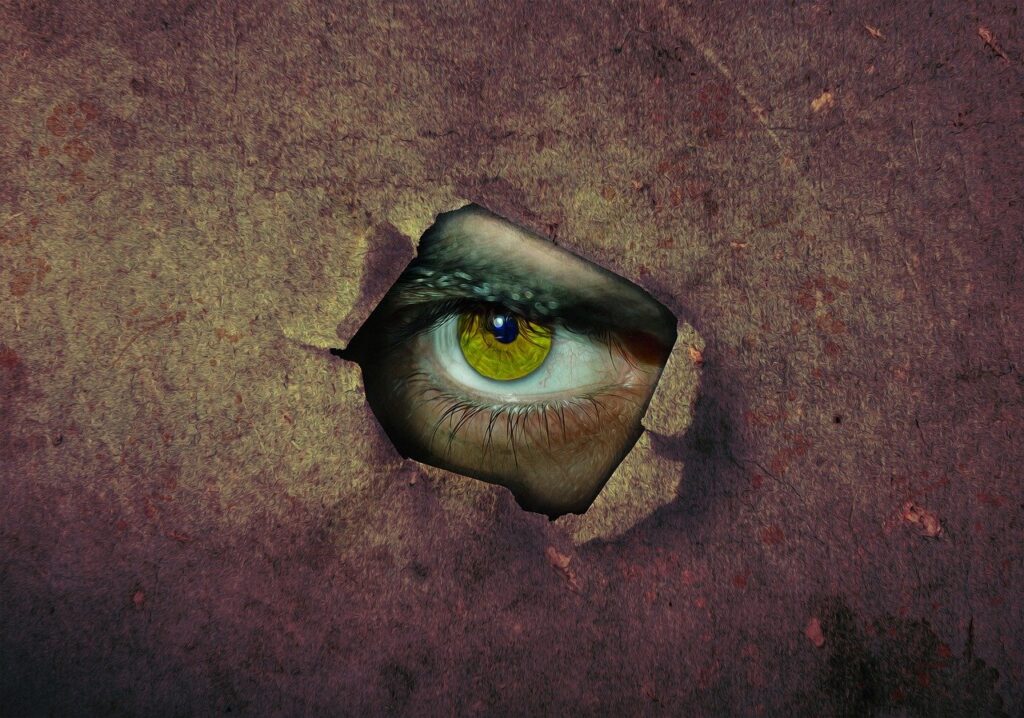
Pushing Boundaries: Exploring the Limits of Fear
In the realm of fictional horror, the ink-black tapestry of fear is woven with threads of daring exploration. It’s a genre that doesn’t shy away from the unpalatable truths of the human experience, confronting readers with the unsettling darkness that resides within us all. As we navigate the abyss of shared themes, we find that fictional horror is not only a mirror to our deepest fears but a realm where writers are urged to push the boundaries of convention and soar to new heights of creativity.
At its heart, fictional horror is a realm of confrontation. It challenges us to confront our deepest anxieties, to peer into the abyss of the unknown, and to grapple with the darkness that simmers beneath the surface of our collective psyche. By exploring these themes, horror fiction grants us a safe passage through the forbidden and the uncanny, enabling us to peer into our darkest corners without losing ourselves to the shadows.
Yet, the allure of fictional horror is not solely rooted in its ability to terrify. It beckons writers to venture into uncharted territories, daring them to push against the confines of tradition. It thrives on innovation, on breathing fresh life into themes that have haunted humanity for generations. By challenging conventions, writers inject new energy into the genre, birthing stories that captivate, surprise, and provoke.
Creativity flourishes when boundaries are shattered, and horror fiction encourages writers to think beyond the ordinary. Experiment with narrative structures, twist and turn familiar themes, and blend genres to create something entirely unique. Just as fear knows no bounds, neither should the boundaries of storytelling in the realm of horror.
So, to writers who seek to master the craft of fictional horror, the invitation is clear: plunge into the depths of your imagination, confront your own fears, and emerge with tales that resonate on a profound level. Challenge yourself to venture into uncharted waters, to give life to characters that defy conventions, and to unveil narratives that leave an indelible mark on the hearts of readers.
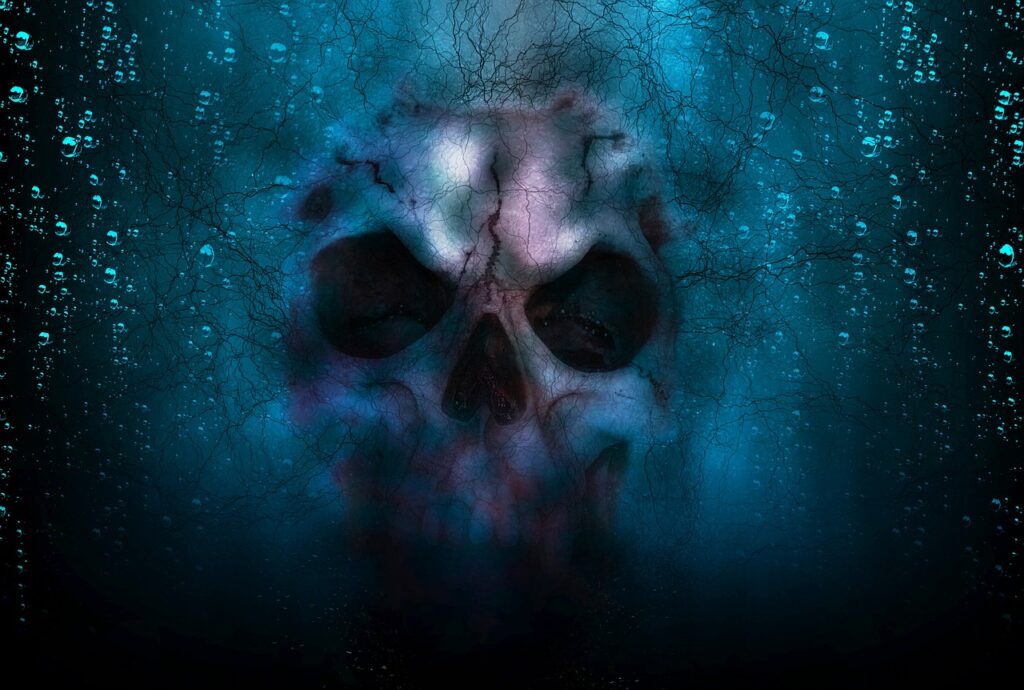
Embracing the Shadows and Forging Fearful Narratives
As we draw the curtains on this journey through the realms of fictional horror, we find ourselves standing at the crossroads of fear and fascination. The exploration of common motifs in horror literature has unveiled a tapestry woven from the threads of the supernatural, the monstrous within, fate’s inescapable grip, and the unravelling of forbidden truths. These themes, these shared elements, serve as signposts guiding us through the labyrinth of terror, reminding us that within the darkness, stories of unyielding power await.
The significance of these motifs lies not only in their ability to evoke spine-chilling dread but also in their reflection of the human experience. Within the pages of horror fiction, we find a mirror that reflects our deepest fears, desires, and uncertainties. As we confront these themes, we confront our own complexities, navigating the boundaries between the real and the surreal.
As fellow travellers on this journey of terror, we invite you to immerse yourself in the rich tapestry of fictional horror. Let the allure of the supernatural and the enigma of the monstrous lead you deeper into the heart of darkness. As we delve further into this series, we’ll continue to unveil the secrets of crafting fear on the page, guiding you towards mastery in the realm of horror storytelling.
We’re eager to hear your thoughts and engage with your creativity. In the comments below, share your favourite horror themes or motifs—those that send shivers down your spine and ignite your imagination.
In case you missed it, don’t forget to journey back to our first instalment, “Embarking on a Journey of Terror: An Introduction to Writing Horror Novels.” Explore the foundations of the craft and deepen your understanding of what it takes to craft chilling narratives.
And finally, as darkness embraces the horizon, we extend a haunting invitation—a call for your own tales of terror. Submit your spine-tingling stories to the CEP Call for Horror Novel Submissions, an opportunity to bring your literary nightmares to life. But heed the call swiftly, for the submission window closes on August 31, 2023.
As we bid you farewell for now, remember that the shadows hold secrets, and the darkness speaks volumes. Stay with us as we continue this exploration into the heart of fictional horror, unravelling tales that will linger long after the final page.
Stay tuned for more spine-tingling insights into the world of horror fiction. The journey has just begun.


